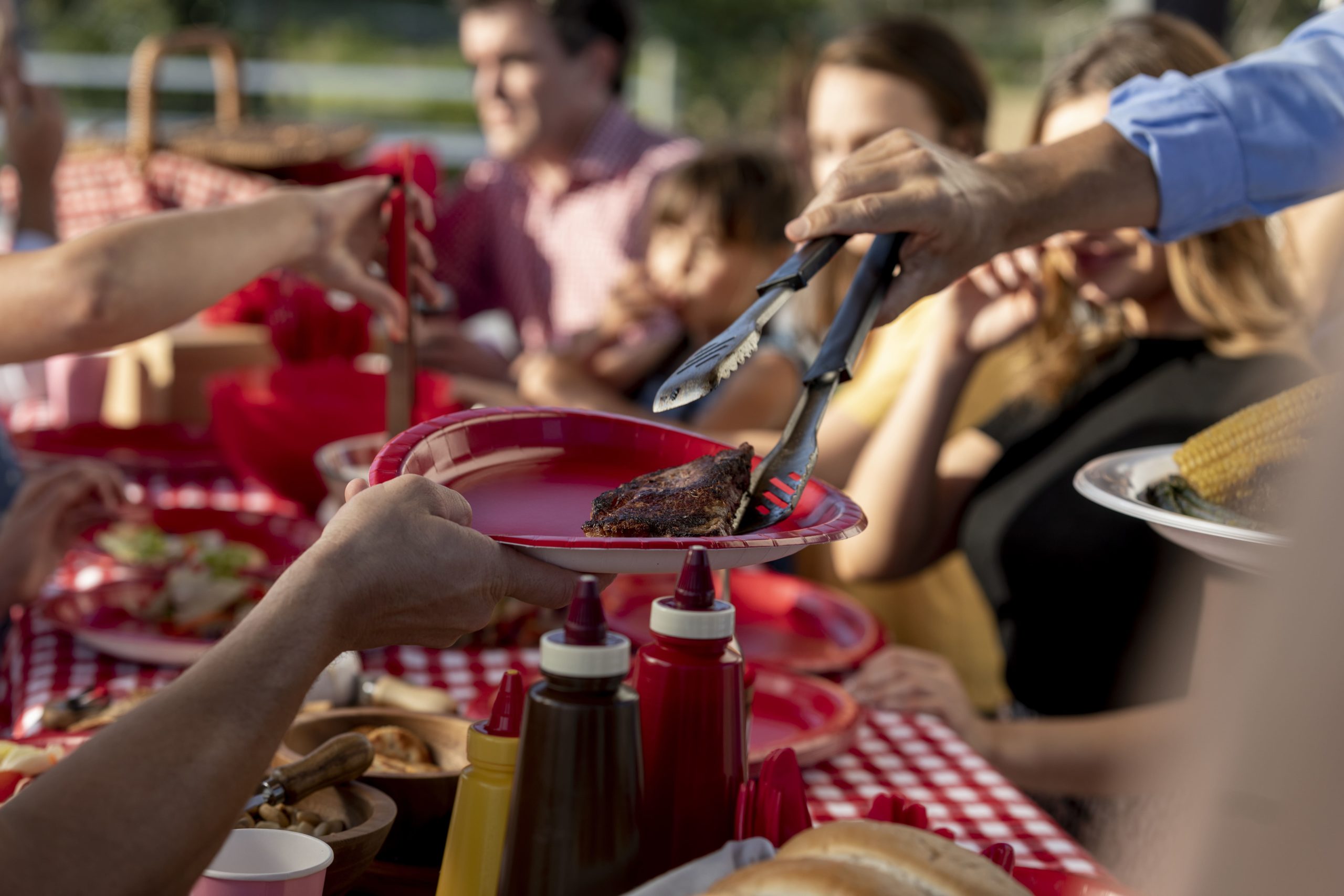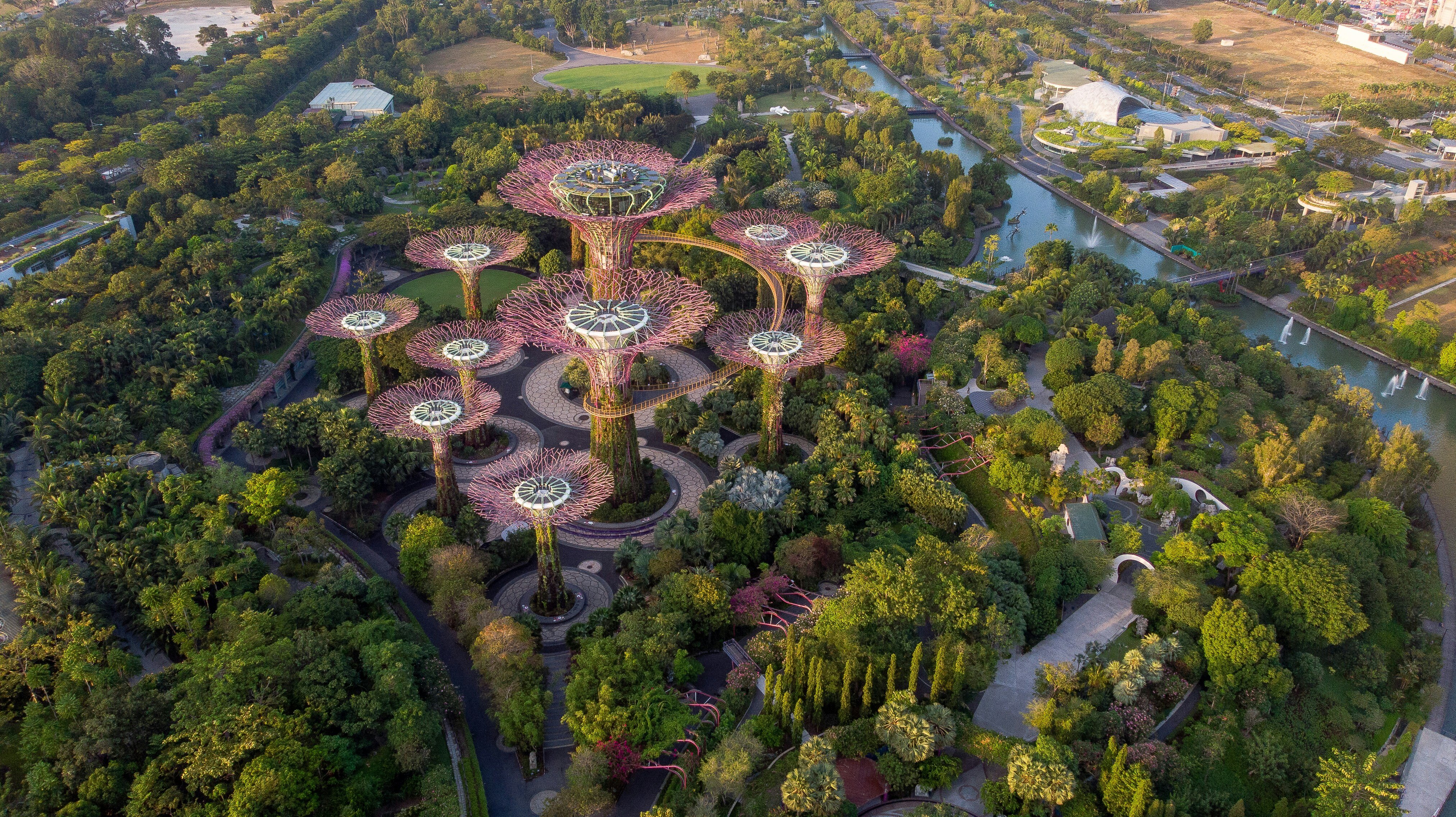May 17, 2022
Thriving public spaces are integral to local communities. They boost physical and emotional health, encourage social engagement, and improve overall wellbeing, thereby creating healthier and happier communities. However, as many of these spaces were built as a side-thought back when our cities were starting to take shape, Australia’s public spaces are starting to fall behind the rapid pace of urban and technological development.
Now is therefore the time to reinvent our public spaces, enabling them to collaborate with rather than fight against the future of urban living. But where do we start?
Pedestrian-friendly
The first step in reinventing Australian public spaces is to create them for people, rather than for vehicles. Many of our urban spaces are sandwiched between or slotted in on either side of busy traffic-ways. This creates an environment where pedestrians feel like an intruder as they crowd up on footpaths, hurrying from one shop to the next. Not only do these spaces discourage leisurely activity, but they do not promote social distancing for a world that includes COVID-19 and potential future pandemics.
In order to create public spaces for the future, it is imperative that they have the capacity to feel open and welcoming, encourage social distancing, and are free from vehicles.
Removing roads and creating pedestrian-friendly boulevards through urban landscapes will create these people-friendly environments that promote emotional wellbeing, and will also enable for the development of more cafes, restaurants and retail opportunities.
Going green
As cities grow taller and greenspaces get smaller, it is integral that our public spaces are filled with greenery. Currently, the majority of public spaces in our cities are comprised of overcrowded concrete pedestrian paths. By reinventing these spaces to prioritise greenery, they will become places of calm and relaxation. Raised lawns, plenty of trees and flowers, and bodies of water if the space allows, will create a natural haven right in the midst of the urban landscape.
More greenery will provide enjoyable places to sit and socialise or relax, thereby boosting community wellbeing. It will also improve the local environment by reducing the urban heat island.
Modern technology
Public spaces need to be optimised for the technology of today and tomorrow. This means creating outdoor furniture that can be integrated with and adapt to future technology – such as settings with charging stations for phones and laptops.
The possibilities for how future technology will impact our spaces are endless, but spaces should be ready to accept technology when it comes by ensuring layouts are flexible and adaptable, and have the capacity to be upgraded with the most up-to-date technology.
Public spaces of the future
Steps are already being made across the world to create public spaces that are people-focused, environment-centred and adaptable for the future. Sydney is currently in the process of transforming one of its key high streets, George Street, into a thriving pedestrian highway that prioritises people over vehicles, featuring expanded retail and greenspaces.
Paris has recently revealed plans to completely reinvent the famous and now neglected Champs-Élysées into a lush green boulevard dubbed an “extraordinary garden”, with aims to have the area completed by the 2024 Olympics.
And in New York, the ‘Reimagining Brooklyn Bridge’ international competition will transform the iconic New York bridge into a thriving public space that prioritises pedestrians.



 Back to News
Back to News 



